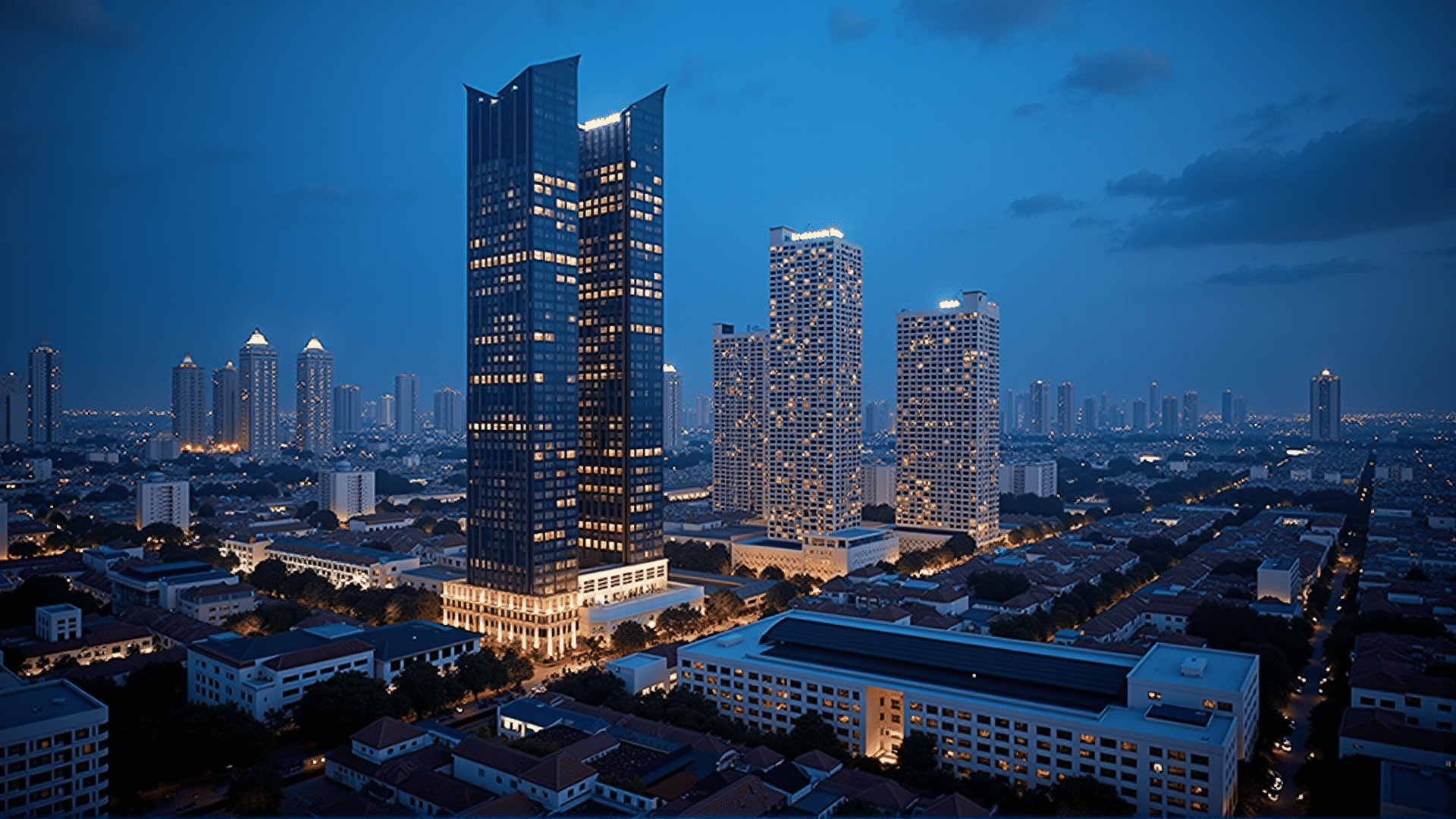Manila, a bustling metropolis known for its vibrant culture and rich history, has been undergoing a remarkable transformation. The city's skyline, once typified by historical architecture, now boasts a striking tableau of modern skyscrapers. These towering structures not only redefine the urban landscape but also embody the spirit of innovation and forward-thinking that is propelling Manila into the future.
The architectural evolution of Manila is driven by a commitment to modern design and sustainability. Cutting-edge skyscrapers are now more than just architectural feats; they serve as symbols of progress and resilience. These structures, marked by sleek lines and futuristic designs, integrate eco-friendly technologies that minimize the environmental footprint—a crucial consideration as the city grows.
A prime example of this architectural advance is the iconic buildings that incorporate green roofs and facades, solar panels, and advanced wastewater systems. These innovations are not just about aesthetics but rather function as part of a broader initiative to promote sustainable urban development. By implementing such features, these skyscrapers contribute to reducing carbon emissions and enhancing energy efficiency.
Moreover, these high-rise buildings have changed how people experience urban life. With mixed-use developments, they offer a combination of residential, commercial, and recreational spaces, creating self-sufficient communities. Residents can live, work, and unwind without needing to travel long distances, thus easing congestion and reducing reliance on conventional transportation methods.
The impact on the lifestyle within Manila has been profound. These developments foster a sense of community while embracing modern conveniences. Rooftop gardens and common areas in these towering edifices provide space for interaction and leisure amidst the urban hustle, allowing city dwellers to pause and reconnect with nature.
As Manila continues its upward trajectory, the emphasis on marrying innovation with sustainability is clear. The city's architects and planners are not only building for today but are laying the groundwork for a thriving, resilient urban environment in the future. These skyscrapers stand as a testament to human ingenuity and the quest for a harmonious balance between urbanity and nature.
In essence, Manila's modern skyline is not just about reaching new heights; it's about envisioning a better and more sustainable cityscape for generations to come. As this transformation unfolds, it positions Manila as a leading model for urban advancement and architectural brilliance.
